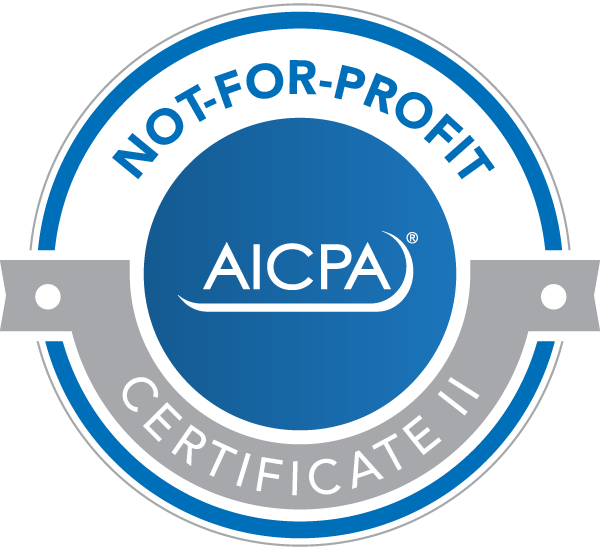We recently alerted our clients to an interesting development. On October 13, 2010, the President signed Public Law 111-274, the short title of which the “Plain Writing Act of 2010”. The Act requires the federal government to begin using “plain writing” by October 13, 2011. The language used in the Act itself is not, apparently, subject to the Act’s requirement, as evidenced by its seven sections, with Section 3 having three paragraphs, three sub-sections, and three sub-paragraphs and Section 4 having three paragraphs, four sub-sections, ten sub-paragraphs, and four sub-sections. Section 4 could be more briefly cited as 4 (a)(1)(A)(B)(C)(D)(E)(F)(i)(ii)(2)(A)(B)(i)(ii)(b)(c)(I)(2)(A)(B).
To assist in meeting the deadline, the government has created an interagency working group called the Plain Language Action and Information Network (Even the acronym is understandable). In the meantime, federal agencies (including the IRS) are directed to follow the federal plain language guidelines detailed in a 101-page publication developed over the past 15 years pursuant to the Paperwork Reduction Act of 1980.
While we applaud the tremendous effort that has been expended to learn how to write in a language that can be understood, we wonder if a considerable amount of time and money might have been saved by requiring 535 individuals in Washington, D.C. to pay a visit to their fifth-grade English teacher. We anxiously look forward to a successful revision of what has heretofore been written by Congress in code.
- New 20% deduction for “qualified business income” - January 16, 2018
- Thank You - May 5, 2016
- Tax Reform - May 5, 2016
- Magic: Social Security Benefits - May 5, 2016
- Happy Holidays - December 5, 2015









